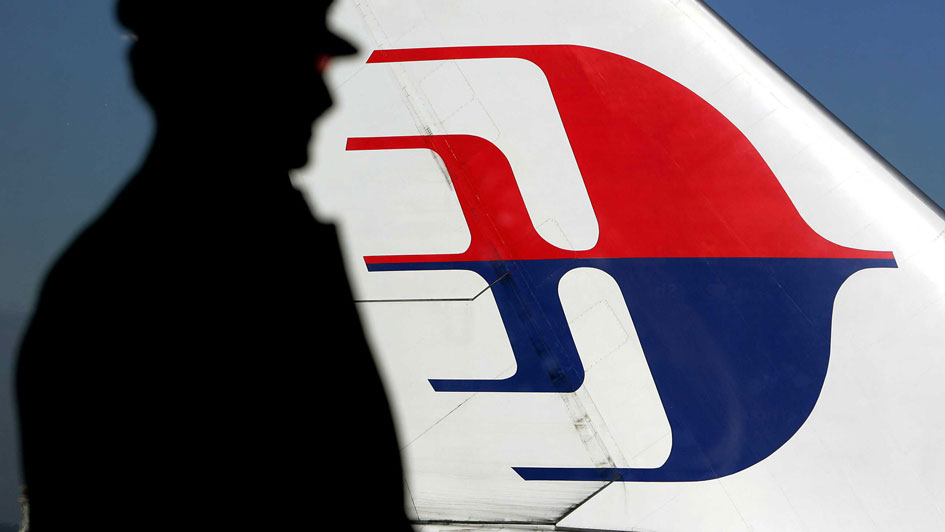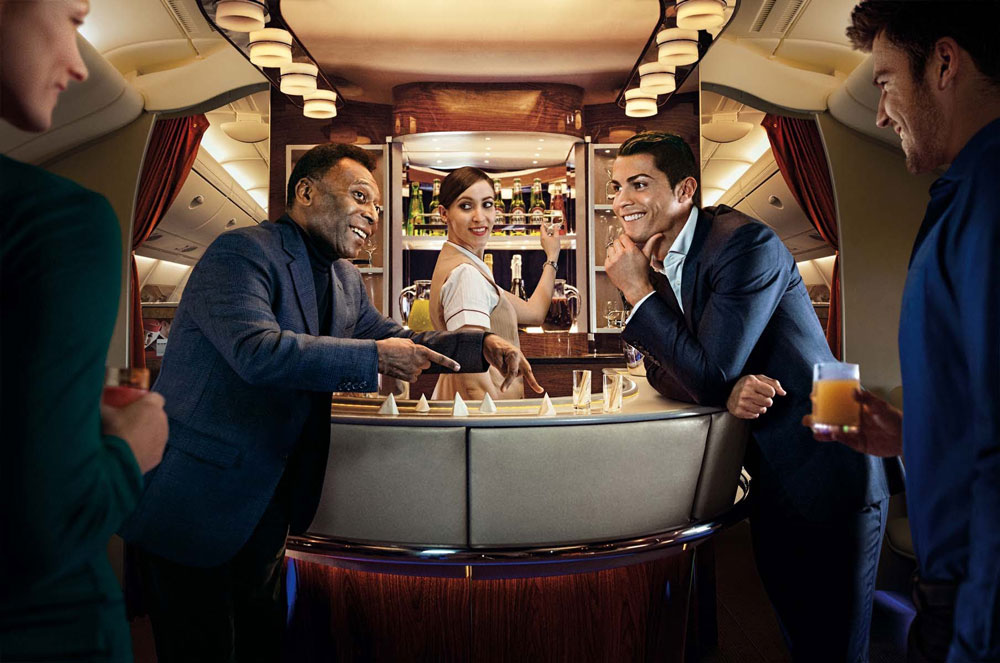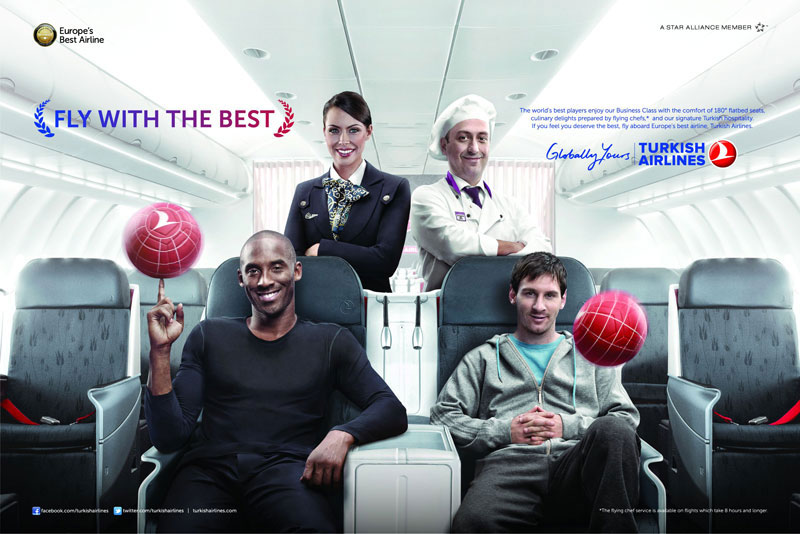
This article captures some of my views following an interview conducted by thought leader, Rushdi Siddiqui, when he caught up with me to discuss Muslim world economics, Halal and the need to create strong brands and management infrastructures.
Malaysian Airlines (MAS) has grabbed headlines, with MH370 and MH17 – what is the first lesson in damage control?
Expect the unexpected and that a crisis will happen, sooner or later. With this in mind, organisations should work well in advance to develop a crisis management strategy; which everyone throughout the organization is aware of – from the top, right down to staff on the ground level. Also, put people and their safety first, and in front of the interests of shareholders; never go off-record; stick to the facts; and manage speculation proactively, as opposed to delaying responses.
This has to be managed by a team of well-drilled, safe pairs of hands, who work within a system that empowers them also to tackle the task at hand – at speed, with efficiency, and addresses the concerns of all stakeholders inside and outside of the organisation. This can only happen if key staff members spend time on a regular basis being trained, using simulations; which help them to work on a constantly evolving crisis management handbook. In addition, tacit knowledge, learning, and experiences have to be reflected upon and captured well away from the crisis, before and after it.
Why is corporate branding so important?
Brands are meaning creators, language shapers, and game changers, that seamlessly join messages, products and service offerings in such a way that they deliver added value. Branded things are worth more than unbranded things. Brands are a visual, aural and verbal encapsulation of the differentiating characteristics that people attribute to a particular product or service.
Corporate Brands have an identity, and hopefully a personality, which links employees, activities, products, services, and consumers to the organisation. They are supposed to initiate a socialisation process with the aim of communicating promises and values – inside and outside of the organisation. A brand is also much more than a label or logo.
Strong corporate brands are truthful, authentic, emotive, credible and steeped in heritage and purpose – designed to protect them against recessions and hopefully transcend market changes. Today’s markets demand more co-creation – and brands that have shown a high share of mind, heart and wallet are those that initiate dialogue between the company and its target audiences. Consumer perceptions matter.
We are increasingly hearing MAS needs to be rebranded, is this wise?
Rebrand, yes; but a name change, I’m not so sure.
I think there’s a real risk that a name change could backfire. A name change could signal “we’ve changed and this is a new chapter”, but equally that, “we failed” – with inferences that this is an attempt to run away from or hide the past. However, in some cultures you could argue that superstition might pull people towards thinking that a name change might be a good thing – but name changes are also very costly exercises.
Furthermore, the MAS name and brand is linked to the Malaysian National Brand. In this case, what damage would a name change have on other industries; and Malaysia’s accrued national brand equity embodied in the value proposition of being ‘made in Malaysia’, or the toursim slogan, “Malaysia, truly Asia”? The MAS brand has been built upon Malaysian culture and a strong sense of national identity and pride; it would be a mistake to walk away from that. I can’t imagine British Airways or Emirates Airlines contemplating a name change. I think that more work has to be done to re-communicate what Malaysia stands for.

Furthermore, any rebranding must be synchronized with the unveiling of a structural overhaul, otherwise it could be seen as just window dressing. Yes, by all means change the corporate colours, logo, uniform and promotional activities; but a clear message of people and processes having learned from the past and changed for the better is vital.
There needs to be a period of real soul-searching and dialogue with all stakeholders. Then, the brand should be supported by a branding strategy that is driven by public relations, social media, and multi-layered storytelling – across platforms, touchpoints and moments of truth; rather than one-way advertising. The narrative has to be positioned as being a collective obligation that the Malaysian community can engage with and contribute to.
SEE ALSO: Finding Your Authentic Voice in the Human Era
Otherwise, the rebrand runs the risk of being like the guy who changes his name, puts some kohl in his eyes and buys a new suit. It might get you noticed, but lasting relationships are built on more than suits and a twinkle in your eye. In this scenario, the winners will be the contracted branding and advertising agencies.
Also, let’s not underestimate the change in our consumption patterns. The United Arab Emirates especially and also, in some respects, Turkey have worked hard to revive the silk routes and spirit of Muslim hospitality – creating a business hub, a shopping and recreational paradise, jobs for migrant workers, and a stopover destination; where people don’t mind breaking their stay, there’s plenty to do, and not to mention cheaper flight offers. They’ve also invested heavily in brand building built on sponsorship and brand ambassadors.
What is the lesson for damage control for a brand?
Response times have to be much quicker, now that we live in an always-on world governed by social media. Companies have to be able to respond within a matter of minutes, rather than hours.
Let’s take the recent Qatar Airways bomb scare incident on the flight destined for Manchester airport as a case in practice. I watched the BBC’s rolling news, which covered the story as it unfolded. Studio newsreaders were talking to passengers, using their mobile phones and sending photos, whilst they were still on the airplane. Even though they had little idea of what was going on, and they were obviously very worried, passengers were asked to speculate and share their feelings. Companies can’t just work behind the scenes – they have to contribute to the dialogue, showing professionalism, empathy and emotion.

Football also offers some good analogies. In the recent FIFA World cup, and even with my home-town team Manchester United, there have been some hard-lessons learned – where some reputations were made and others laid to rest. The world is watching, and there is a lot at stake. You need big game players who don’t choke under pressure, but that doesn’t necessarily mean superstars and marquee signings. You need a squad of committed individuals who will go the extra mile for the team; a system and leaders that bring the best out of people and bloods young talent; and a game plan where players read the landscape with their heads-up, rather than just in the sands of the past. That takes time and obsessive work.
I think one key area for the future, within all industries, is diversity. Here, I’m using the term diversity in the widest sense, to encompass issues related to ethnicity, female empowerment, age, education, languages, thinking and creativity, price theory, organisational culture, and intercultural engagement. If you look in the same places, you may get the same answers, and that might not be a good thing.
Brands in many ways are like people and are increasingly designed to behave like people. Therefore, build your reputation, forge strong ties of kinship, and don’t be afraid to say sorry or admit your limitations – but communicate how you’re trying to improve, why people should care, and how it will benefit them. If you can do this, then people are more inclined to forgive and accept. Also, keep at the back of your mind that moving with the times means developing an understanding of both slow and fast culture.
Cover Photo: www.abc.net.au